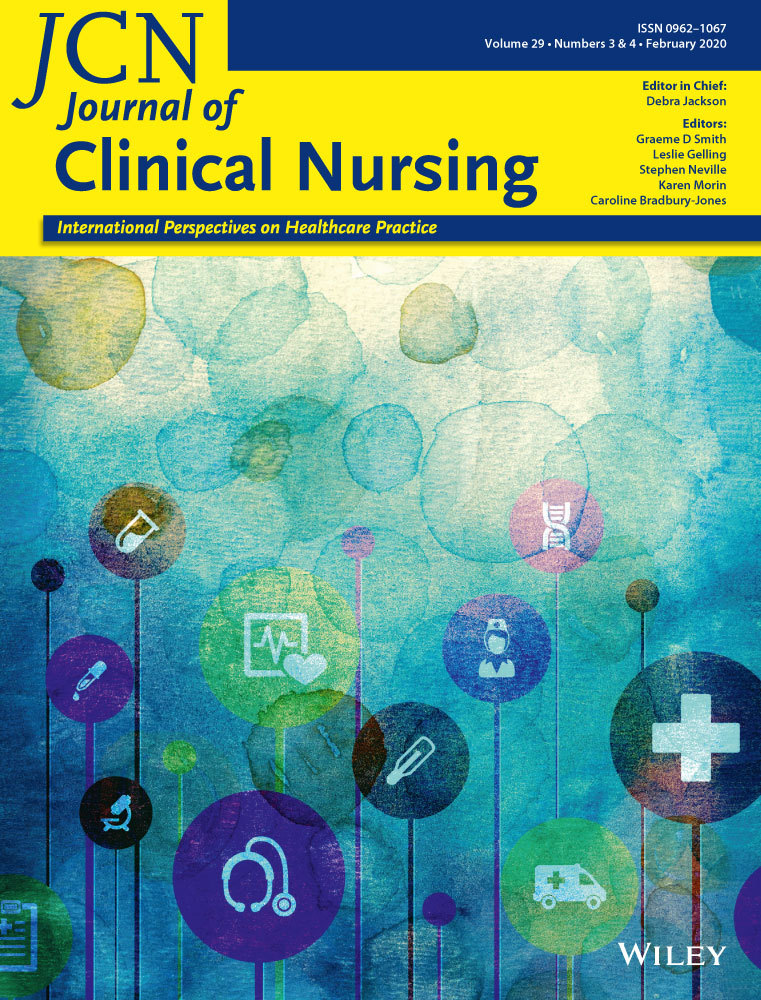Nurse management of vasoactive medications in intensive care: A systematic review
Funding information
Deakin University and Eastern Health Foundation have provided funding to support this systematic review in the form of PhD Scholarships.
Abstract
Aim and objective
To investigate how intensive care nurses prepare, initiate, administer, titrate, and wean vasoactive medications.
Background
The management of vasoactive medications is core business for intensive care nurses, but little is known on how nurses manage these ubiquitous and potentially harmful medications.
Design
A systematic review of the literature with narrative synthesis of data.
Methods
The databases CINAHL Complete, Medline Complete and EMBASE were searched from 1965 to January 2019 with keywords under five concept headings and in a variety of configurations. This systematic review was conducted according to the PRISMA guidelines. Studies were assessed for quality and bias, and a modified narrative synthesis was used to analyse data, investigate findings and explore relationships within and between studies.
Results
The review identified 13 studies: two observational studies, two pre and post intervention studies, four survey studies, two quasi-experimental studies, one longitudinal time series, one prospective controlled trial, and one interview incorporating content analysis. Four studies on preparing and initiating vasoactive medications described a lack of standardisation in infusion preparation and inconsistencies in dosing units and patient weights. Five of six studies on vasoactive medication administration examined nurses’ use of syringe changeovers to reduce patient haemodynamic compromise and there were three studies on titration and weaning.
Conclusion
Further research on nurse management of vasoactive medications is needed to develop an evidence base for specialist education and standardised practices aimed at reducing risk for patient harm.
Relevance to clinical practice
Nurses working in intensive care units in many parts of the world are responsible for the management of vasoactive medications. There is great variation in practices that include preparation, initiation, administration, titration and weaning of vasoactive medications, which increases the risk for medication errors and adverse events in a vulnerable population of critically ill patients.
CONFLICT OF INTEREST
There are no conflicts of interest to report.




